Forums
- Forums
- Duggy's Reference Hangar
- USAAF / USN Library
- Boeing XF8B-1
Boeing XF8B-1
Post a reply
- Go to Previous topic
- Go to Next topic
- Go to Welcome
- Go to Introduce Yourself
- Go to General Discussion
- Go to Screenshots, Images and Videos
- Go to Off topic
- Go to Works in Progress
- Go to Skinning Tips / Tutorials
- Go to Skin Requests
- Go to IJAAF Library
- Go to Luftwaffe Library
- Go to RAF Library
- Go to USAAF / USN Library
- Go to Misc Library
- Go to The Ops Room
- Go to Made in Germany
- Go to Campaigns and Missions
- Go to Works in Progress
- Go to Juri's Air-Raid Shelter
- Go to Campaigns and Missions
- Go to Works in Progress
- Go to Skinpacks
- Go to External Projects Discussion
- Go to Books & Resources
-
12 years agoFri Dec 12 2014, 04:10pm
 Main AdminThe Boeing XF8B (Model 400) was a single-engine aircraft developed by Boeing during World War II to provide the United States Navy a long-range shipboard fighter aircraft. The XF8B was intended for operation against the Japanese home islands from aircraft carriers outside the range of Japanese land-based aircraft. Designed for various roles including interceptor, long-range escort fighter, dive-bomber and torpedo bomber, the final design embodied a number of innovative features in order to accomplish the various roles. Despite its formidable capabilities, the XF8B-1 was fated to never enter series production.
Main AdminThe Boeing XF8B (Model 400) was a single-engine aircraft developed by Boeing during World War II to provide the United States Navy a long-range shipboard fighter aircraft. The XF8B was intended for operation against the Japanese home islands from aircraft carriers outside the range of Japanese land-based aircraft. Designed for various roles including interceptor, long-range escort fighter, dive-bomber and torpedo bomber, the final design embodied a number of innovative features in order to accomplish the various roles. Despite its formidable capabilities, the XF8B-1 was fated to never enter series production.
The XF8B-1 was, at the time, the largest and heaviest single-seat, single-engine fighter developed in the United States. Boeing called the XF8B-1 optimistically, the "five-in-one fighter" (fighter, interceptor, dive bomber, torpedo bomber, or level bomber). It was powered by a single 3,000 hp (2,200 kW) Pratt & Whitney XR-4360-10 four-row 28-cylinder radial engine, driving two three-bladed contra-rotating propellers. It would be the largest single-seat piston fighter to fly in the U.S. to date. The large wings featured outer sections which could fold vertically, while the fuselage incorporated an internal bomb bay and large fuel tanks; more fuel could be carried externally. The proposed armament included six 0.50 inch (12.7 mm) machine guns or six 20 mm wing-mounted cannons, and a 6,400 lb (2,900 kg) bomb load or two 2,000 lb (900 kg) torpedoes. The final configuration was a large but streamlined design, featuring a bubble canopy, sturdy main undercarriage that folded into the wings, and topped by a variation on the B-29 vertical tail.
The contract for three prototypes (BuNos 57984?57986) was awarded 4 May 1943, although only one was completed before the war ended. It first flew in November 1944. The two remaining prototypes were completed after the war, with the third (BuNo 57986) evaluated at Eglin Air Force Base by the United States Army Air Forces.
To expedite testing and evaluation, a second cockpit was fitted to the first two prototypes to allow a flight engineer to help monitor the test flights. The second seat was easily accommodated in the roomy cockpit.
Although testing of the promising XF8B concept continued into 1946 by the USAAF and 1947 by the US Navy, the end of the war in the Pacific and changing postwar strategy required that Boeing concentrate on building large land-based bombers and transports. The advent of jet fighters led to the cancellation of many wartime piston-engined projects; consequently, since the USAF lost interest in pursuing the project and the U.S. Navy was only prepared to offer a small contract, Boeing chose to wind down the XF8B program. Tests at Boeing Field were marred by an accident in which a test pilot accidentally retracted his landing gear on final approach. Investigation later found this to have been caused by a faulty micro switch. This occurred just as first shift was ending, and as many workers watched from the Plant 2 steps, the XF8B-1 bellied onto the concrete of Boeing Field. As the test program was concluded, the prototypes were scrapped one by one, with 57986 lingering on into 1950.
Below cockpit & panel
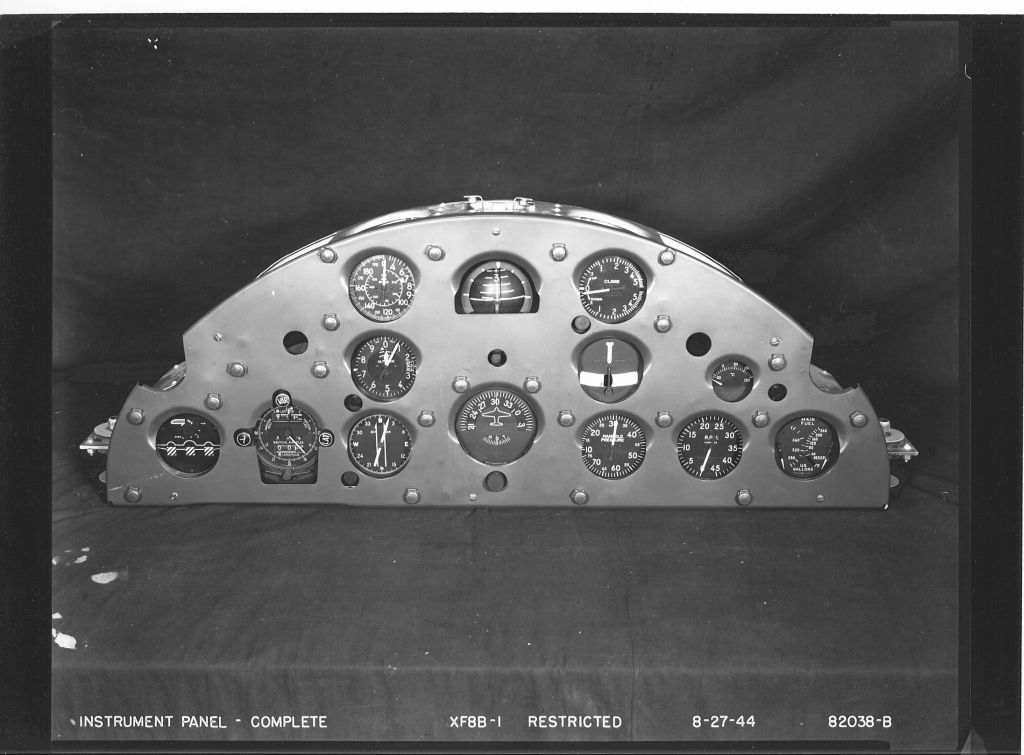
Below XF8B-1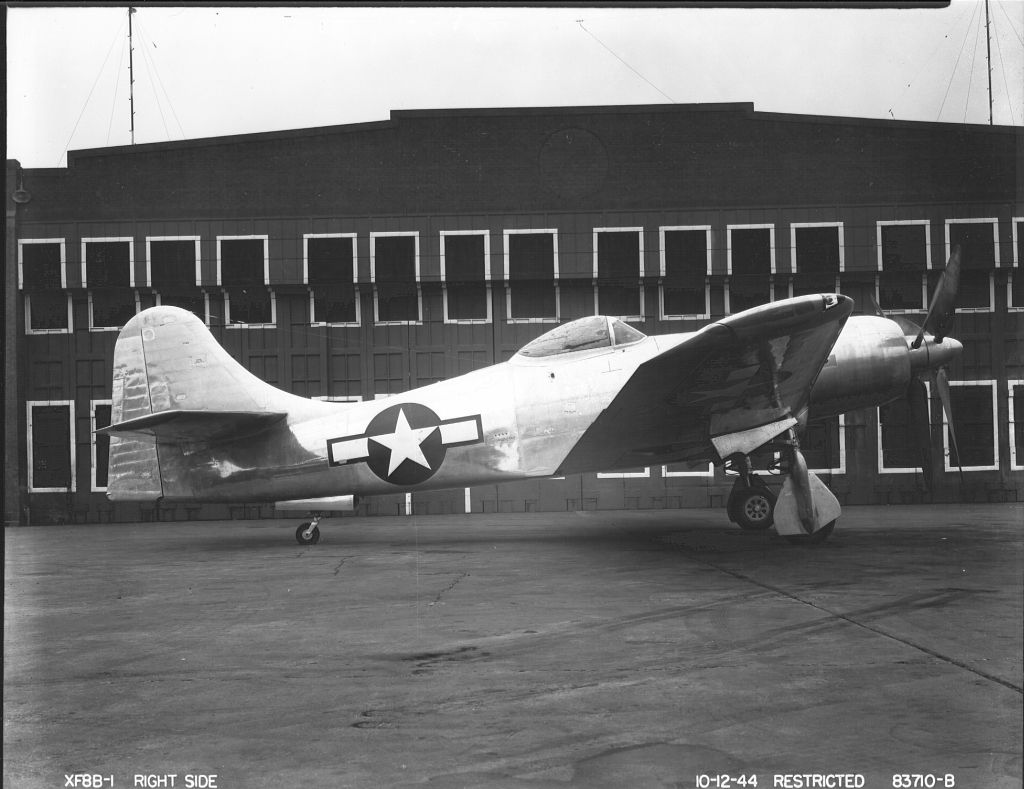
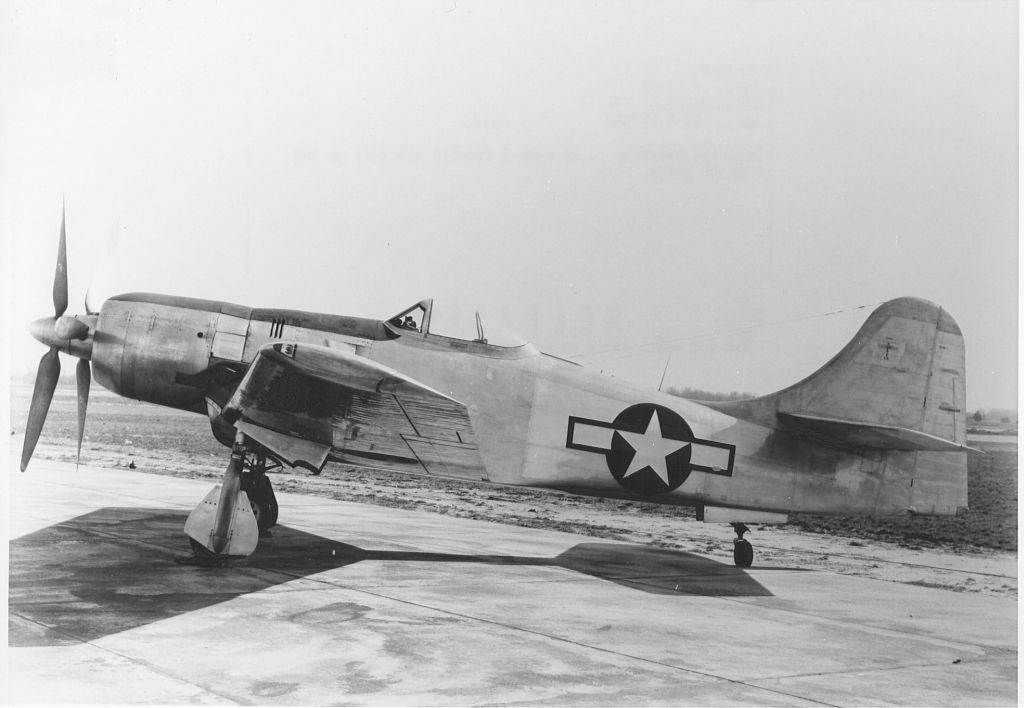
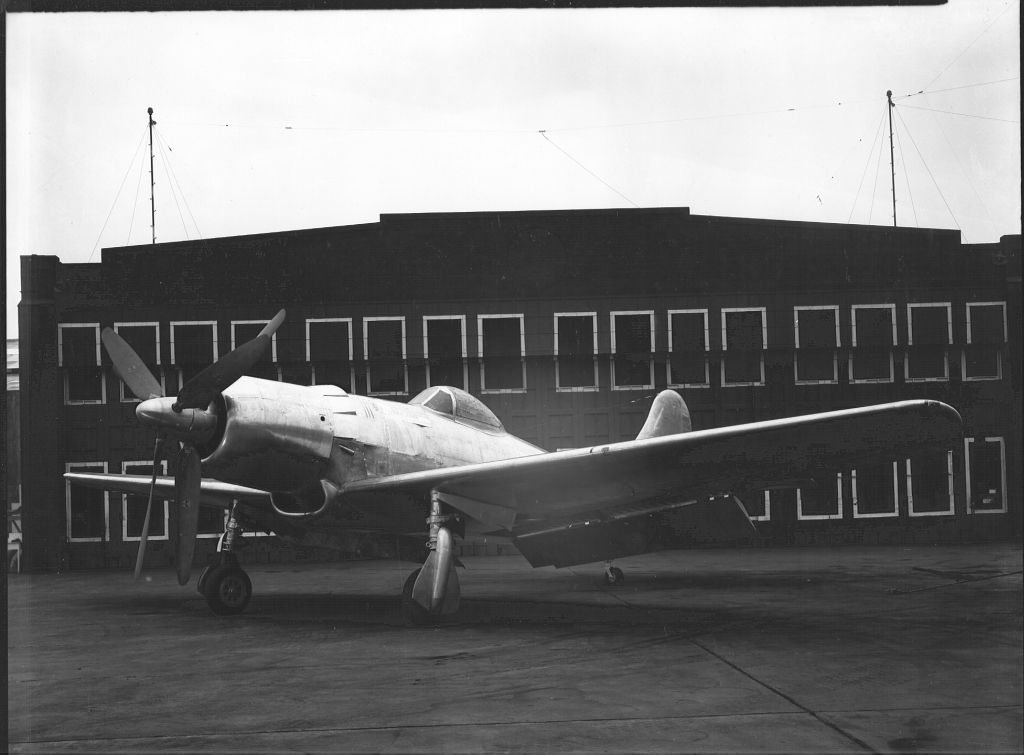
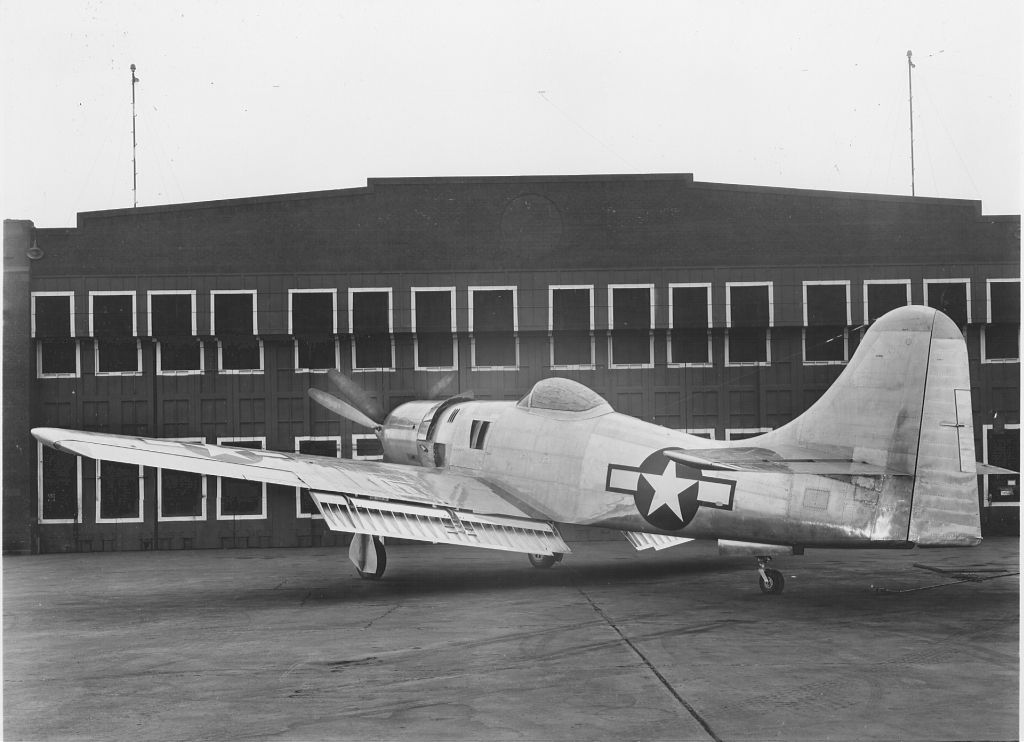
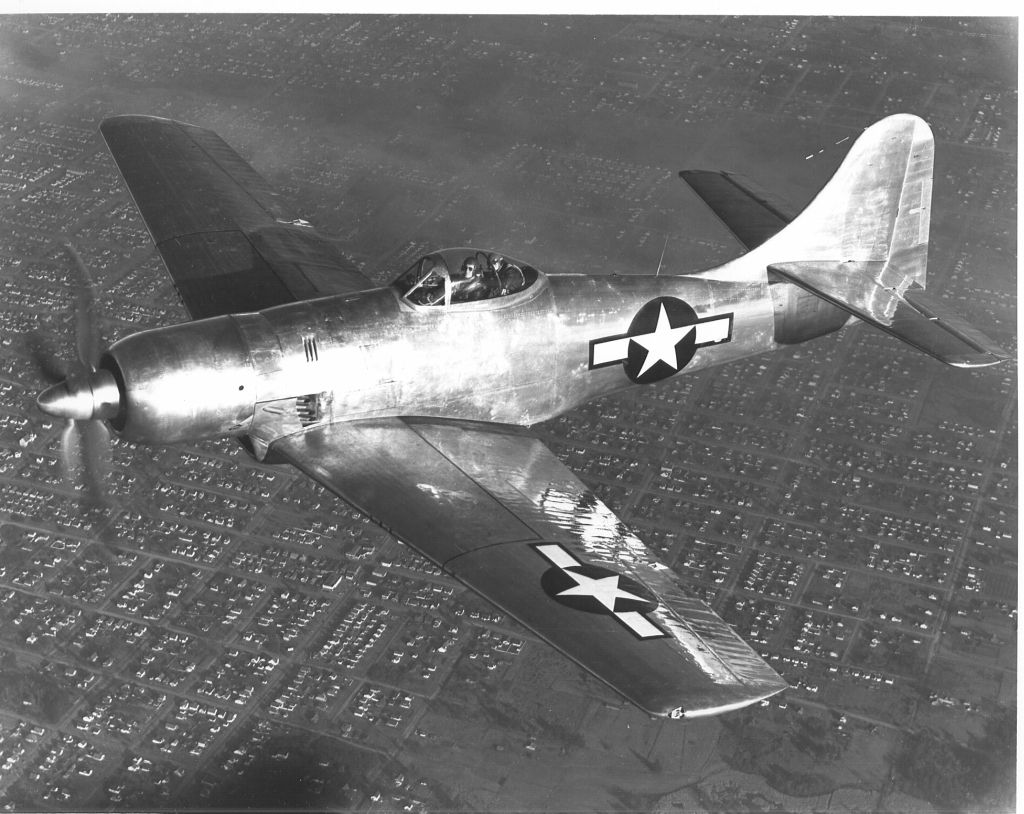
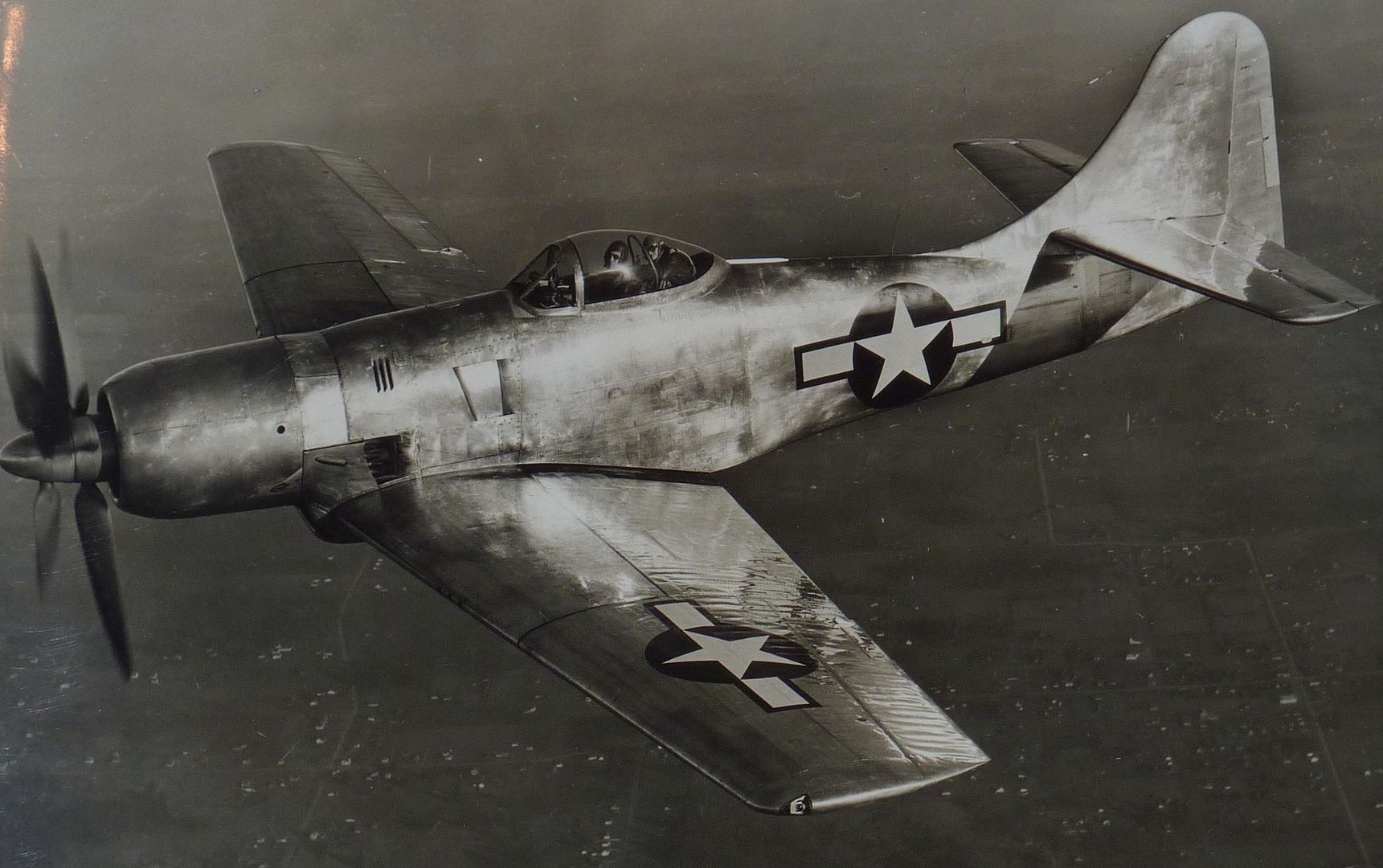
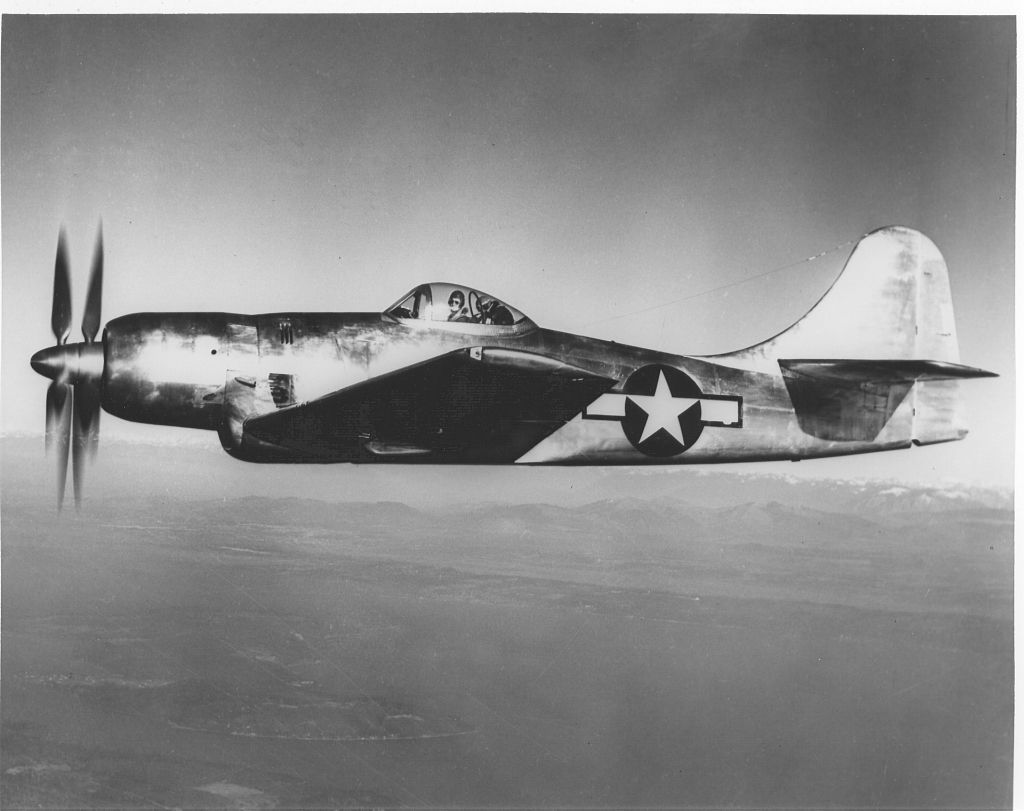
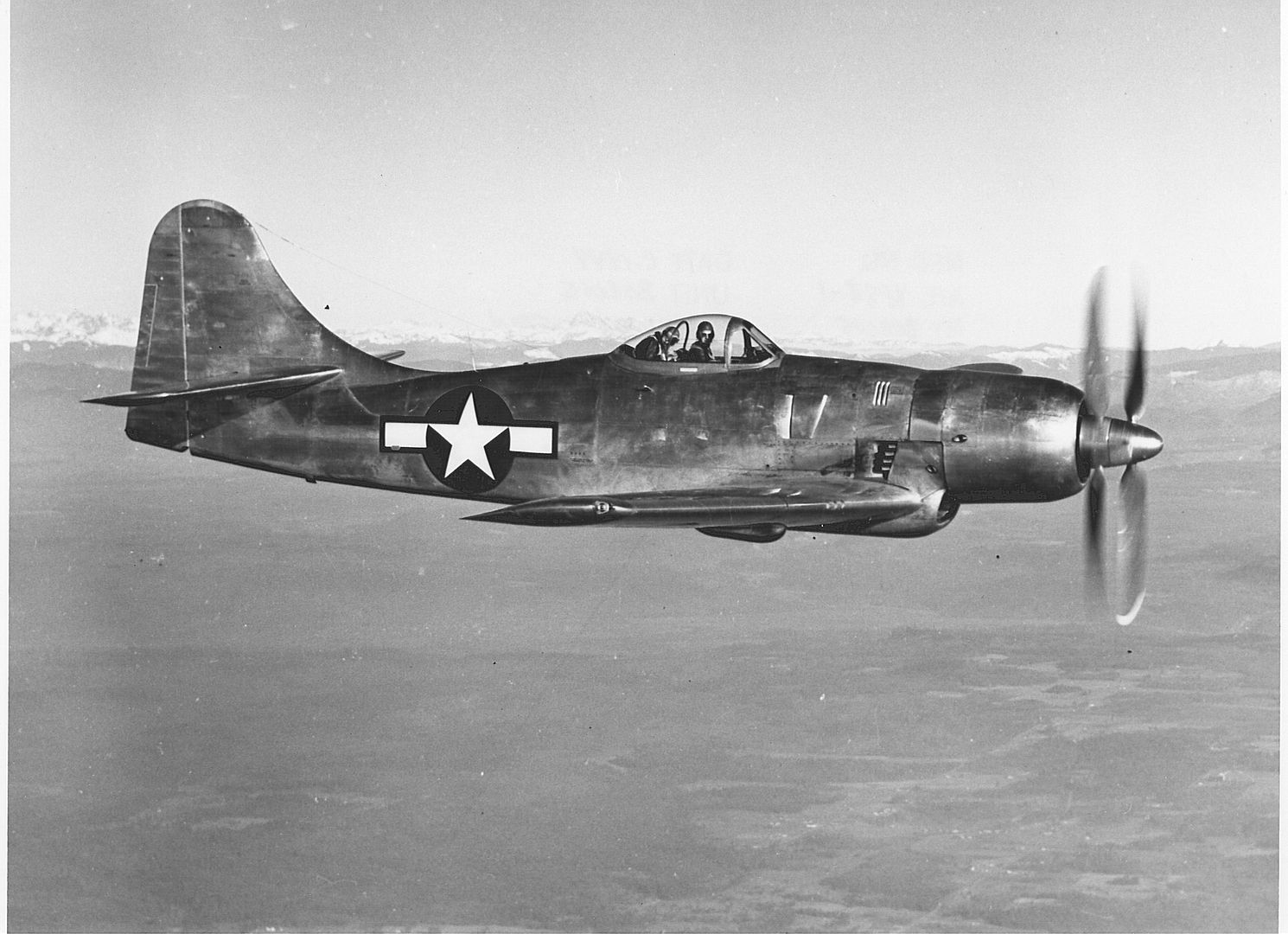
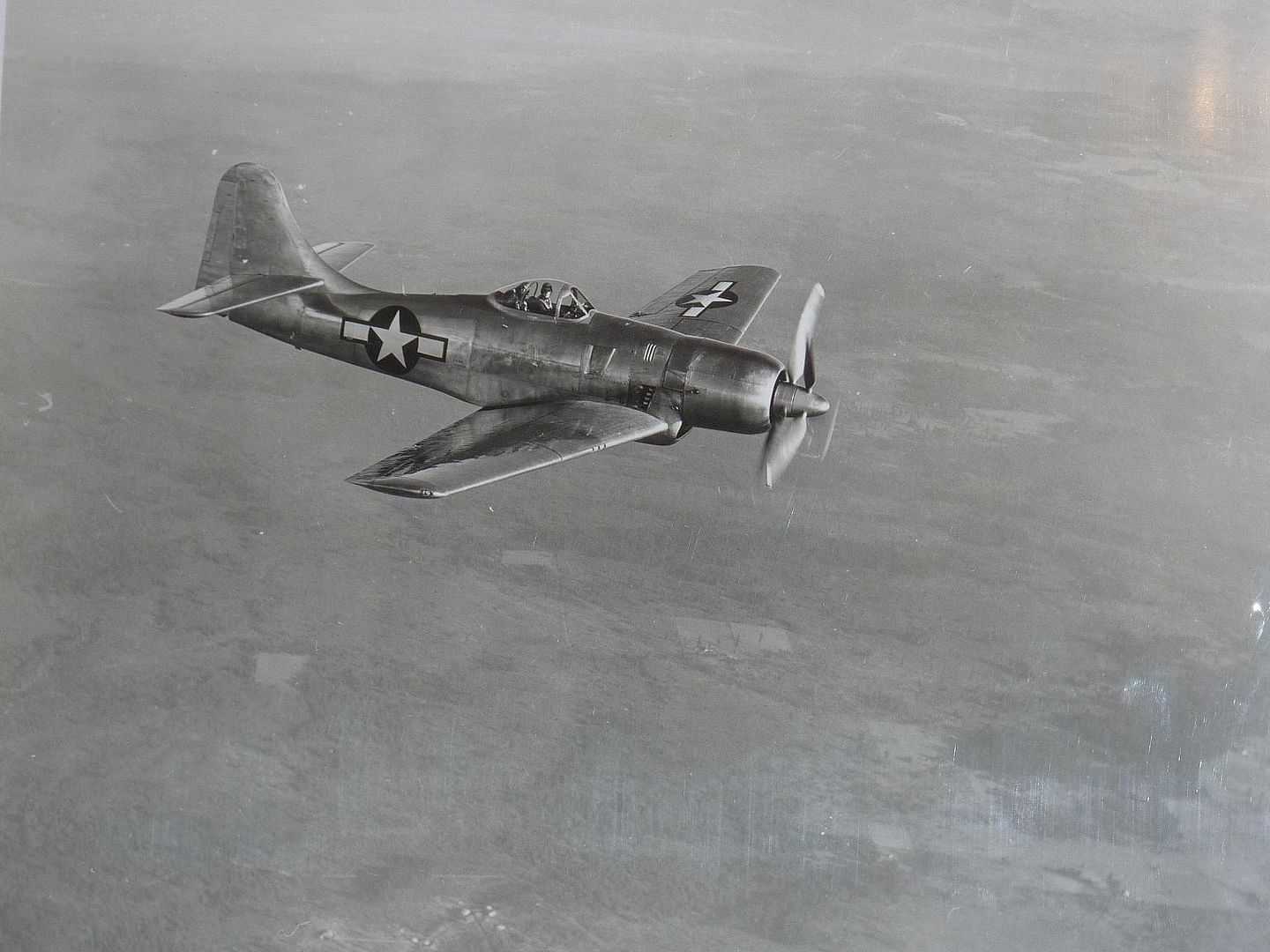
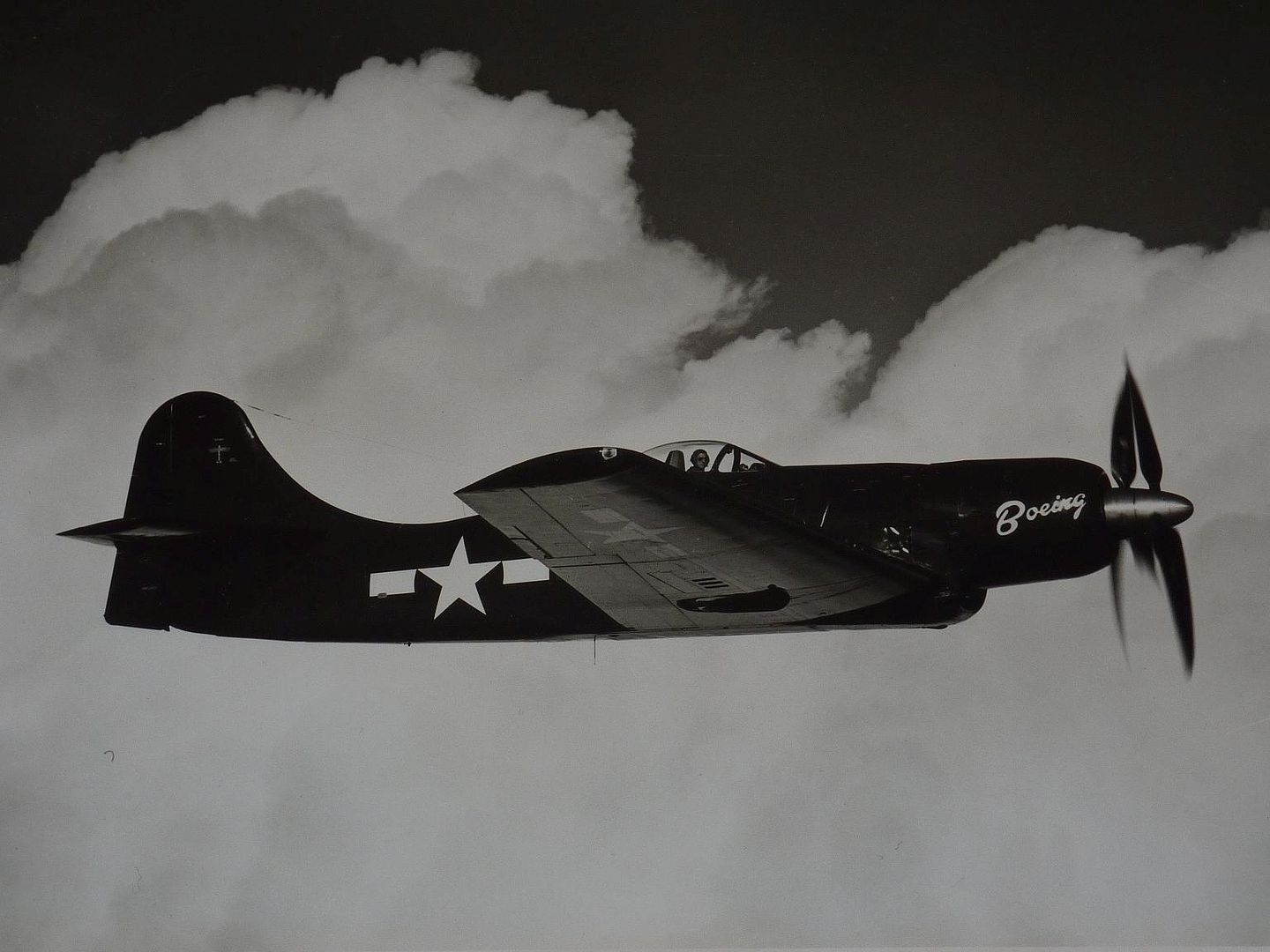
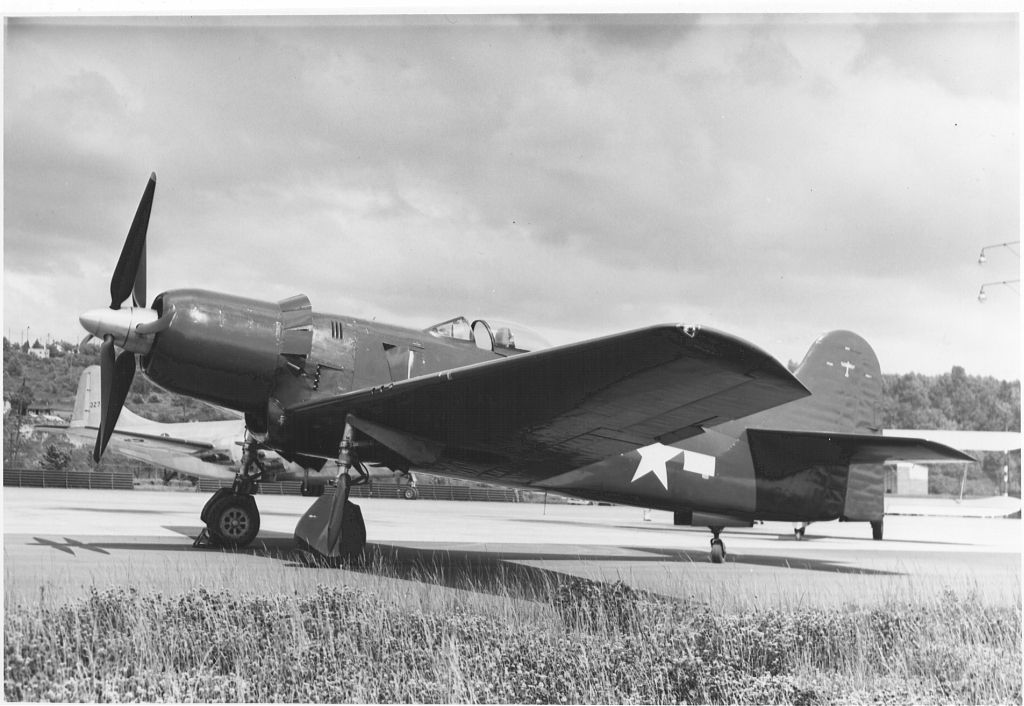
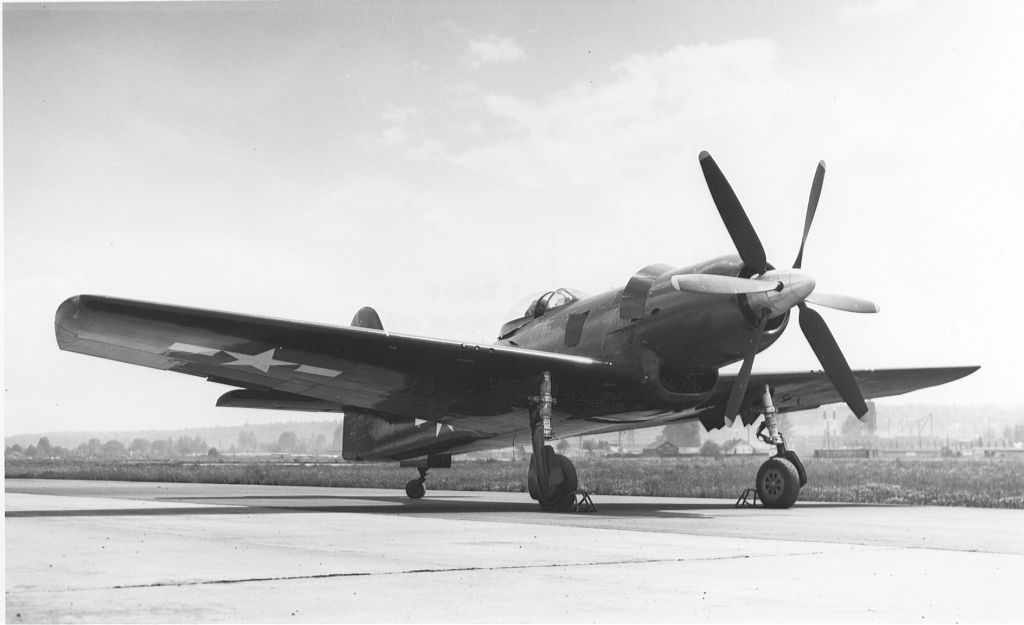
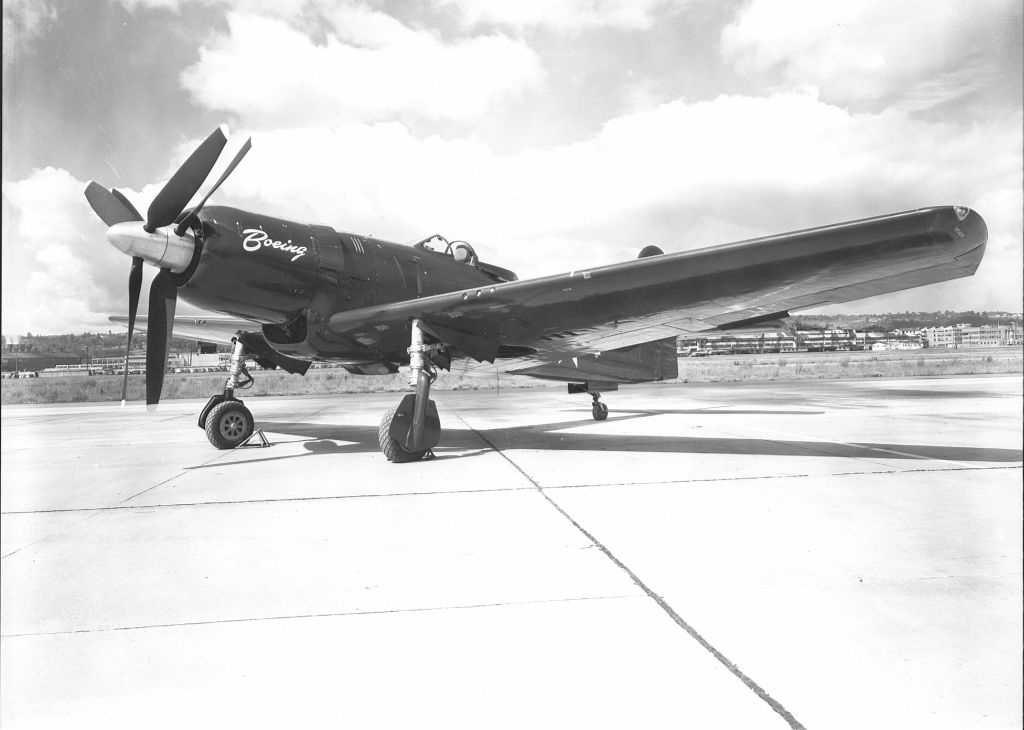
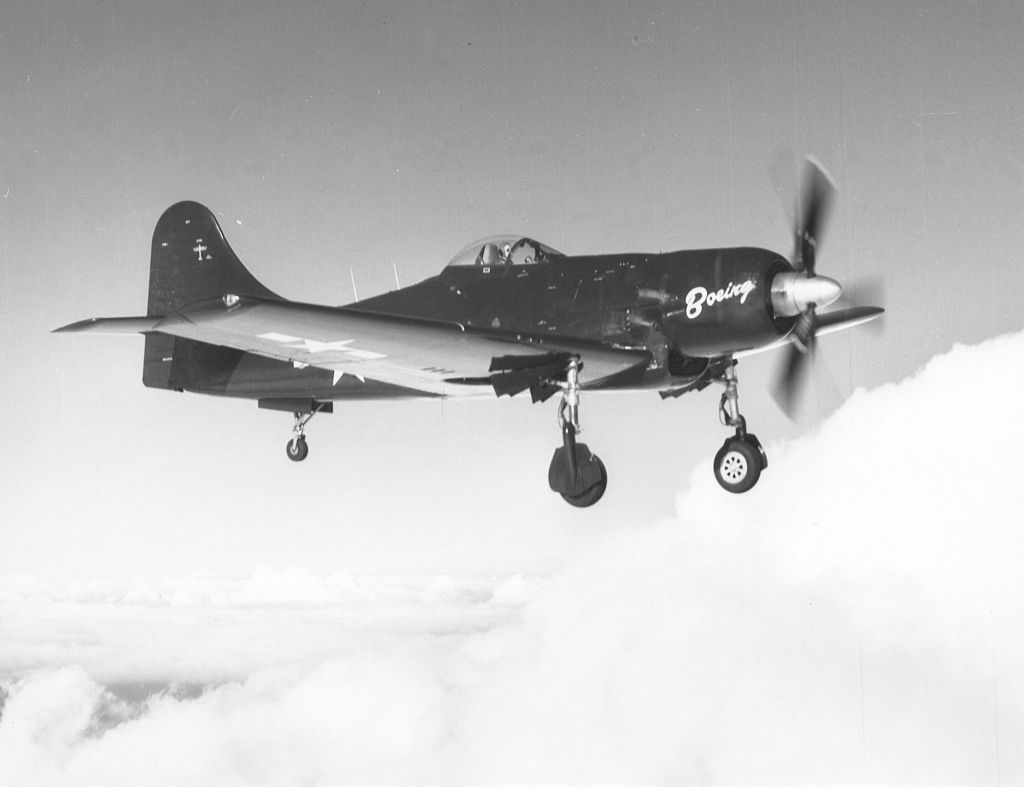
Below near the end at Patxutent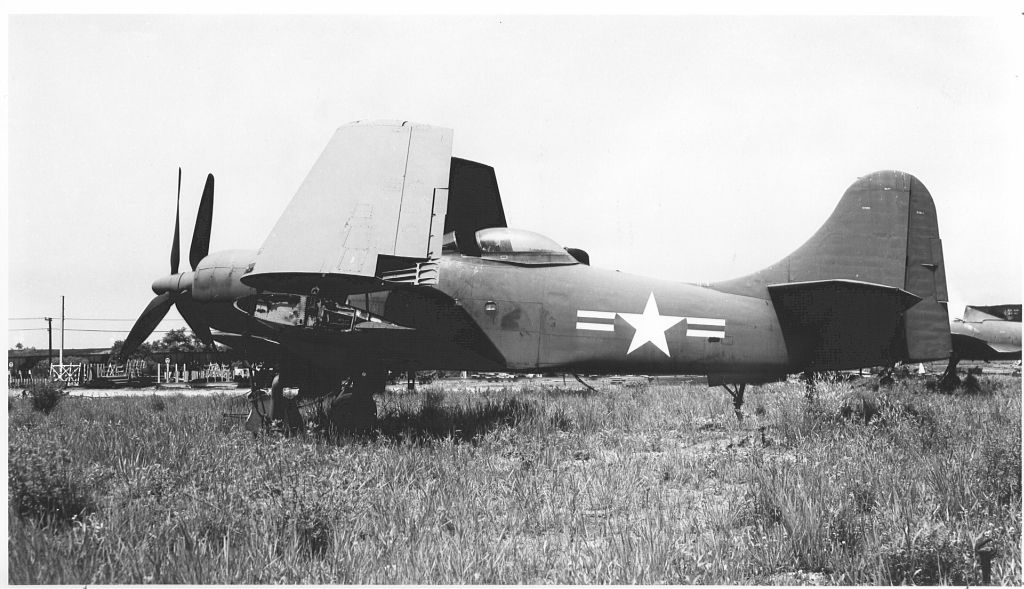
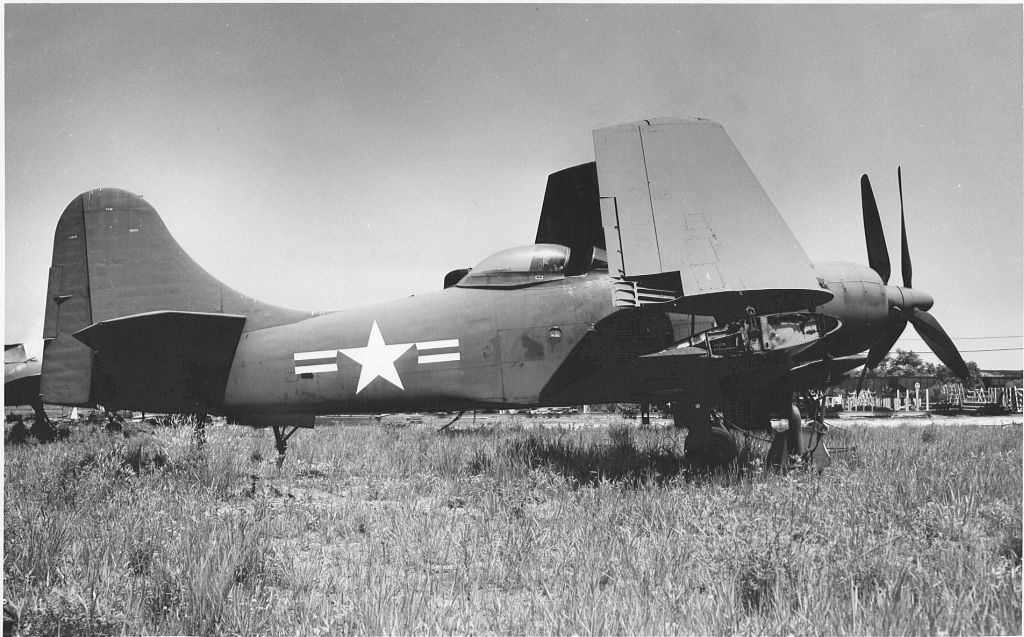
General characteristics
Crew: one, pilot
Length: 43 ft 3 in (13.1 m)
Wingspan: 54 ft (16.5 m)
Height: 16 ft 3 in (5.0 m)
Wing area: 489 ft? (45.4 m?)
Empty weight: 13,519 lb (6,132 kg)
Loaded weight: 20,508 lb (9,302 kg)
Max. takeoff weight: 21,691 lb (9,839 kg)
Powerplant: 1 ? Pratt & Whitney XR-4360-10 28-cylinder four-row radial engine, 3,000 hp (2,240 kW)
Performance
Maximum speed: 376 knots (432 mph, 695 km/h)
Cruise speed: 165 knots (190 mph, 306 km/h)
Range: 2,435 NM (2,800 miles, 4,500 km)
Service ceiling: 37,500 ft (11,400 m)
Rate of climb: 2,800 ft/min (850 m/min)
Power/mass: 0.15 hp/lb (240 W/kg)
Armament
6 ? 0.50 in (12.7 mm) or 6 ? 20 mm wing mounted cannons
6,400 pounds (2,900 kg) of bombs or 2 ? 2,000 lb (910 kg) torpedoes
Regards Duggy
-
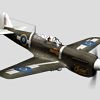 AdminInteresting article yet again, cheers Alan.
AdminInteresting article yet again, cheers Alan.
Ha, the seat may have been easily accomodated but the engineer himself looks like he's crammed in there like a sardine!
Duggy
To expedite testing and evaluation, a second cockpit was fitted to the first two prototypes to allow a flight engineer to help monitor the test flights. The second seat was easily accommodated in the roomy cockpit.
-
 AdminThat's a very interesting looking control column. Kind of cross between a wheel and a stick.
AdminThat's a very interesting looking control column. Kind of cross between a wheel and a stick.
Post a reply
- Go to Previous topic
- Go to Next topic
- Go to Welcome
- Go to Introduce Yourself
- Go to General Discussion
- Go to Screenshots, Images and Videos
- Go to Off topic
- Go to Works in Progress
- Go to Skinning Tips / Tutorials
- Go to Skin Requests
- Go to IJAAF Library
- Go to Luftwaffe Library
- Go to RAF Library
- Go to USAAF / USN Library
- Go to Misc Library
- Go to The Ops Room
- Go to Made in Germany
- Go to Campaigns and Missions
- Go to Works in Progress
- Go to Juri's Air-Raid Shelter
- Go to Campaigns and Missions
- Go to Works in Progress
- Go to Skinpacks
- Go to External Projects Discussion
- Go to Books & Resources
